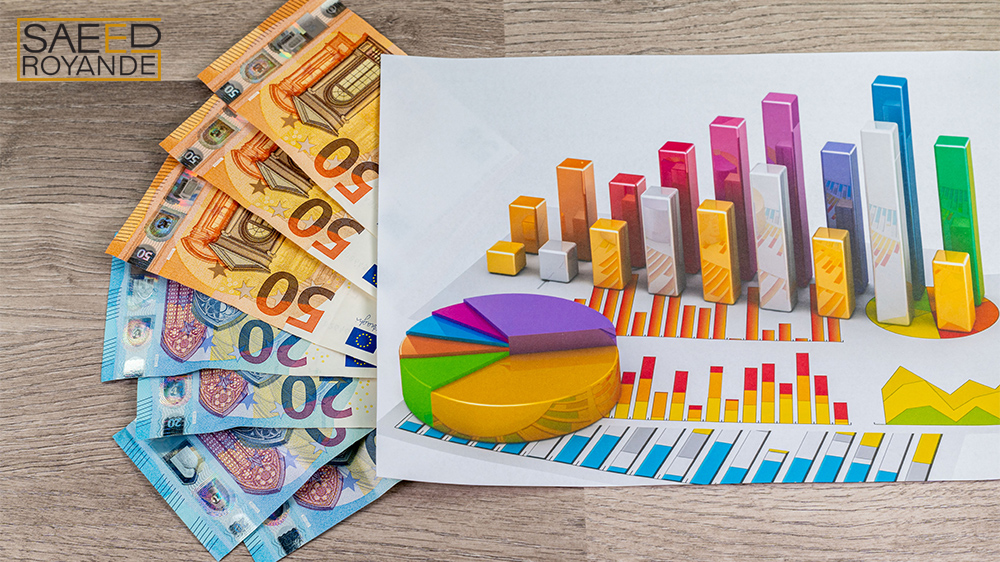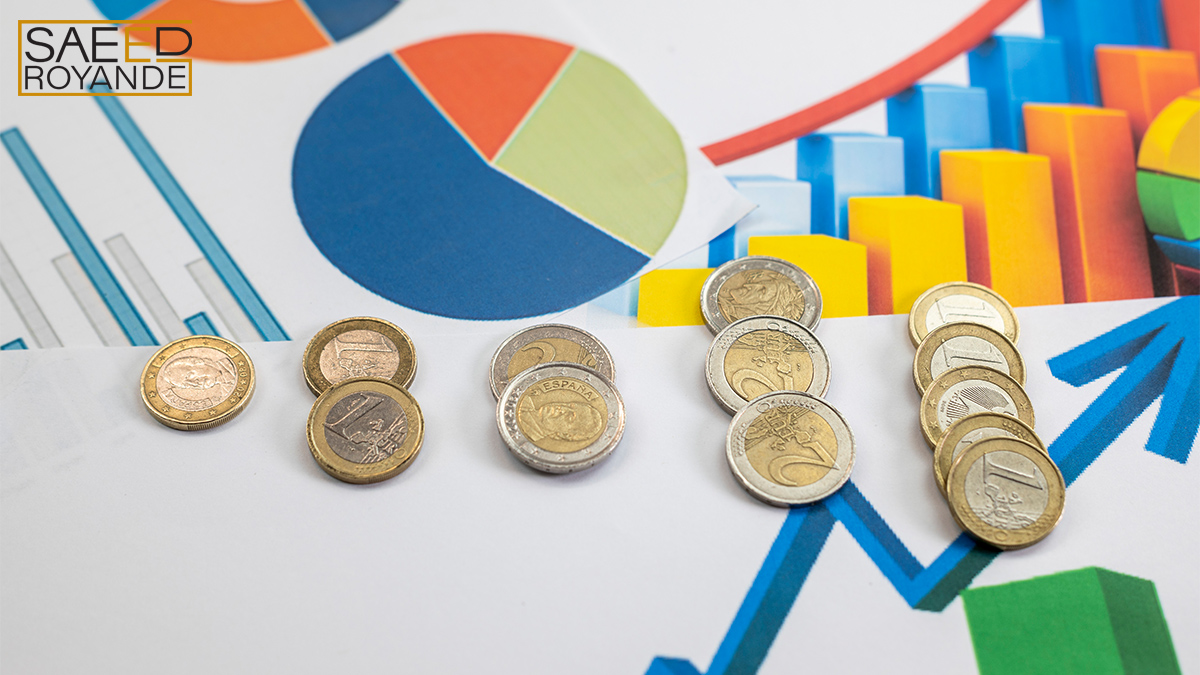The circular economy is an advanced and game-changing concept that establishes a closed-loop system in which resources are continually cycled back into the economy. By reducing waste in the process, the circular economy increases the value. Unleashing the full potential of the circular economy relies heavily on technology, which can optimize resource utilization, facilitate efficient procedures, and stimulate cooperation.
Introduction to the Circular Economy
The circular economy could be considered as an alternative to the linear economy which aims to maximize resource use and minimize waste in manufacturing. It focuses on regeneration, reusing materials, and conservation while challenging the notion that environmental degradation must be sacrificed for the economy. The circular economy prioritizes durability, repairability, and recycling, ensuring long-term use of resources. It encourages the creation of sustainable business models, reduces waste creation, and encourages supply chain diversification. However, the transition requires a shift in systemic dynamics, involving stakeholders like governments, enterprises, and consumers. This requires new technological developments, rethought goods and procedures, and the implementation of governmental frameworks. The circular economy’s principles, successful implementation, challenges, and industry-specific remedies are discussed, to educate everyone about its principles and how it can change business sustainability approaches.

Team of professionals strategizing and financial
The Evolution of Sustainability in Business
The notion of sustainability has grown from a small group of progressive organizations to a need for all companies nowadays. Throughout the history of corporate sustainability, there have been many pivotal periods characterized by varying emphasis and heightened cognizance of the importance of considering both the financial and social consequences of corporate actions.
- Early Recognition and Charitable Giving: A feeling of social duty and charitable giving were the primary forces propelling sustainability in business in its early phases. Business owners understood the value of donating to and sponsoring charity initiatives as a way to repay the community. Basic sustainability measures like energy saving and trash reduction were the extent of many organizations’ attempts to reduce their impact on the environment.
- Compliance and Risk Management: Businesses began to see sustainability as a compliance and risk management concern when environmental rules got stricter. Meeting regulatory standards and reducing environmental impact-related hazards were their primary concerns. Companies were able to show their dedication to responsible business practices and compliance with sustainability reporting and disclosure standards that evolved during this era.
- Cost Savings and Operational Efficiency: The realization that sustainability might generate cost savings and operational efficiency grew in the next phase, leading to cost savings and improved operational efficiency. The potential financial benefits of optimizing resources, increasing energy efficiency, and decreasing waste were recognized by businesses. There was a shift in perspective, with sustainability activities being considered strategic investments with the potential to boost profitability and competitiveness rather than just costs.
- Stakeholder Engagement and Reputation: Consumers, investors, and workers all saw sustainability as an important issue, and they started to expect companies to be more open and responsible. Corporate reputation and brand image were significantly impacted by sustainability measures.
- Integration into Core Business Strategy: Sustainability is no longer considered a different attribute or function within companies; it is now crucial to core business strategy. The company’s fundamental strategy now depends on it. More and more, businesses are forced to change their view regarding sustainability which is about more than simply reducing negative effects. Because it’s also about profiting in the long run.

Excavator pushing banknotes
Empowering Entrepreneurs: Embracing Sustainability for Business Success
In today’s business world, sustainability is becoming increasingly important for entrepreneurs because it can assist in accomplishing global, social, and environmental goals while also creating chances for development, innovation, and long-term profit accordingly. Entrepreneurs may make a difference by meeting consumer requirements, encouraging innovation, saving money and operating effectively, having simple access to financing, engaging and recruiting people, and building resilience. Entrepreneurs may establish confidence, loyalty, and a stable client base by offering environmentally responsible products and services. Businesses may differentiate themselves from rivals and tap into new market opportunities by tackling sustainability challenges. Furthermore, environmentally conscious firms might recruit motivated employees who are eager to make a difference. Building resilience is critical for firms to adapt to changing social and environmental conditions while retaining long-term success. Finally, adopting sustainability in business may result in lucrative, meaningful enterprises that help to create a more sustainable future.
The Role of Technology in Enabling the Circular Economy
When it comes to advancing the circular economy, technology is king. It promotes sustainable practices, circular business models, and resource efficiency through its creative solutions, tools, and platforms. Resource management and monitoring, online markets and platforms, product design and lifecycle evaluation, recycling and reverse logistics, data analytics, blockchain and transparency, renewable energy, and clean technology are all important areas to leverage technology. Businesses may monitor and optimize resource flows, eliminate waste, and encourage sustainable practices with the use of lifecycle assessment tools, digital platforms, and advanced monitoring systems. Along with lifetime assessment tools, digital platforms make it easier to trade and repurpose items, parts, and materials. Together, data analytics and blockchain technology make supply chains more transparent and traceable, which in turn helps find ways to optimize and reduce waste. The overall trend towards a more sustainable and circular economy is being hastened by technological advancements, which act as catalysts for this movement.

Banknotes of 20 and 50 euros and statistics
Circular Economy Strategies for Different Industries
The circular economy offers a sustainable and regenerative approach to different industries to move away from traditional methods. These strategies are designed for circularity in manufacturing and production and using closed-loop supply chains. In consumer goods and retail, product-as-a-service (PaaS) and sharing economy models encourage long-lasting products and responsible disposal. Packaging optimization and take-back procedures ensure effective recovery and recycling. Building material recovery and modular construction minimize waste and resources. Energy efficiency and renewable energy are also crucial. Transportation and logistics can be optimized through shared mobility, fleet optimization, and transitioning to electric cars. Food waste reduction techniques, regenerative agriculture, and local and urban farming can promote sustainable practices. By embracing circular economy ideas, industries can contribute to a more sustainable and resource-efficient future.


